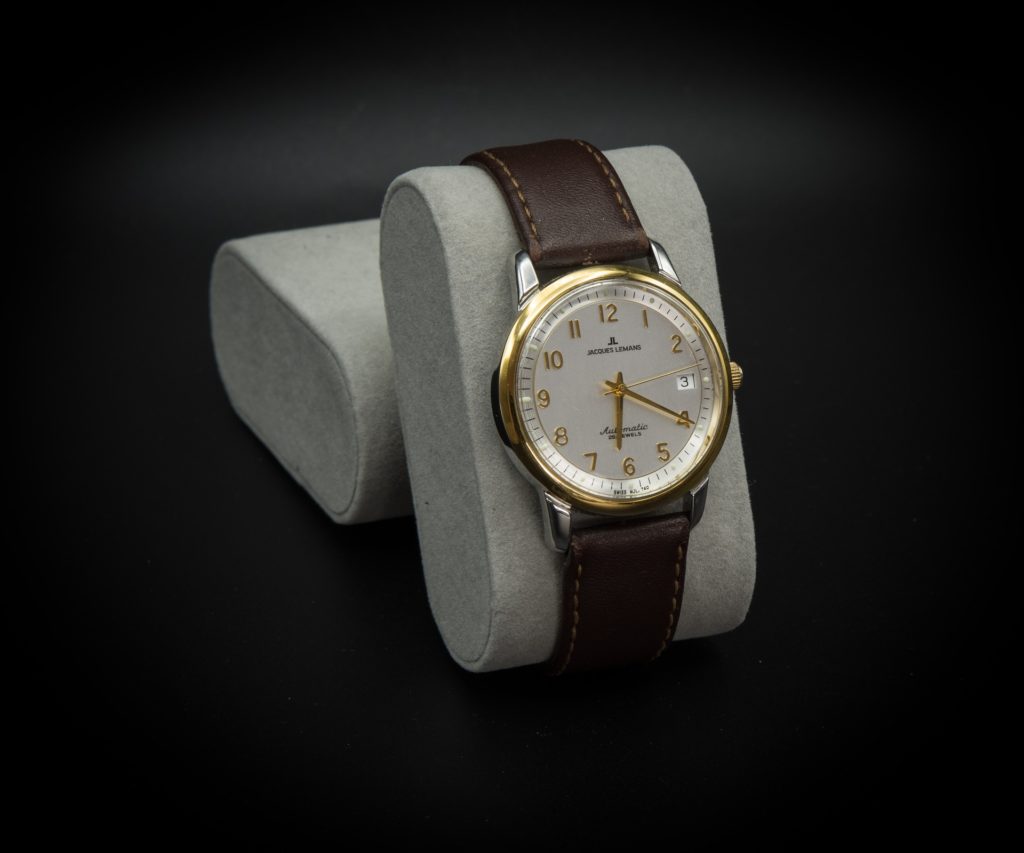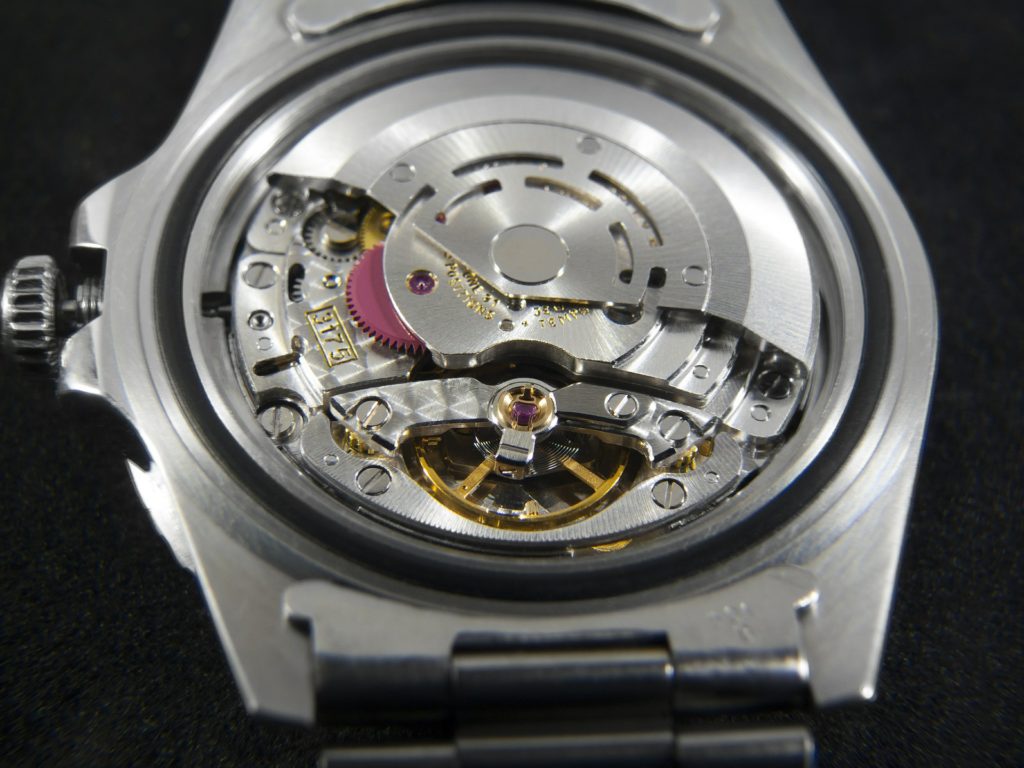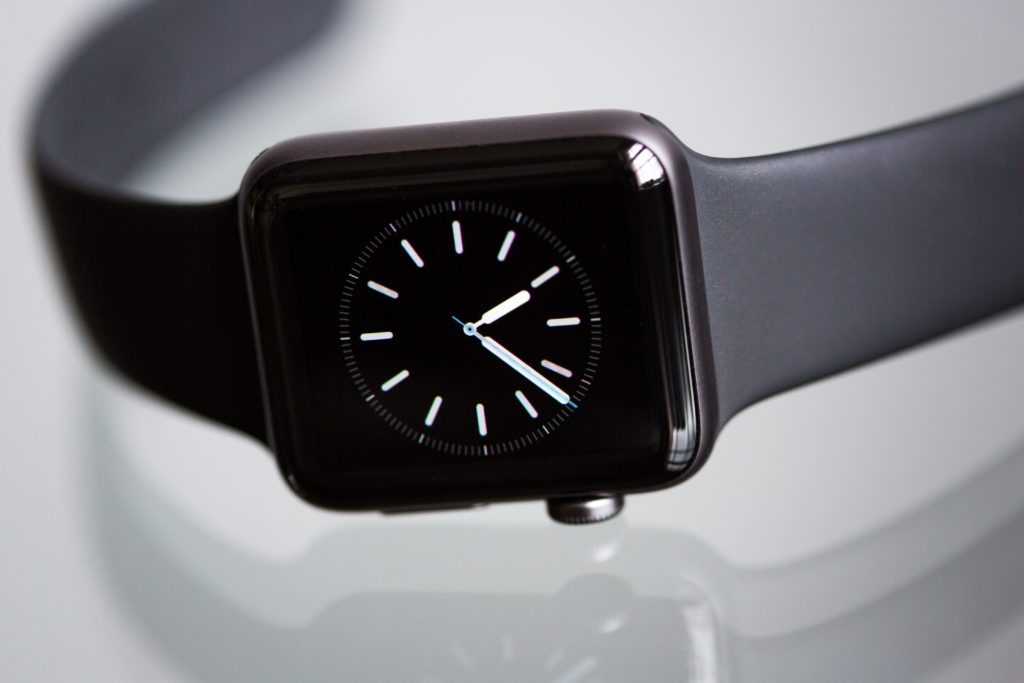Listen to the article by clicking below!
Many people love wearing watches not only to help them tell time correctly but as fashion accessories. So, when most individuals notice their watch slowing down or losing time, replacing the battery is the first thing they consider doing. But how often do you need to replace your watch battery?
Watch batteries generally need to be replaced after 2-3 years. That said, a battery’s lifespan depends on factors like the type of watch, its features, battery size, and the amount of energy required by the different functions. Some lithium-iodine batteries can theoretically last up to 10 years.
In this article, you will find more information on topics related to this question, including why watch batteries need replacing and what affects battery life. Additionally, you will learn how to tell if your watch battery needs replacing and get tips on how to keep the battery functioning well for the longest.
Why You Need To Replace Your Watch Battery
Once your watch battery starts to show signs of wear, it’s essential to replace it as soon as possible. This is because the watch no longer has the power to work properly and it cannot keep time. Adjusting time also becomes a challenge after a while.
In most cases, replacing the battery is a very simple process. For most watches, tiny screws hold the case in place, so changing the battery might require you to use specialty tools.
However, if you find removing the back of the watch to be a challenge, or you own a luxurious timepiece, take the watch to a professional jeweler to prevent damages. Besides, in some cases, removing the battery could harm other watch functions.
Certain designer watch brands like Cartier require professional service from the manufacturer. So, to ensure that your expensive timepiece is in safe hands, ensure to follow the manufacturer’s instructions.
What Affects Your Watch’s Battery Life
A watch’s battery is a piece of machinery. Therefore, just like a car, factors other than an expired lifespan could mar your battery’s performance.
The following are some of the factors that could affect your watch battery’s lifespan:
- The battery size
- Prolonged exposure to high electrical currents, magnetic fields, or extreme temperatures.
- Availability of extra features such as led displays and alarms and how often you use them.
- How often you use the chronograph (stopwatch) functionality. Leaving the chronograph running could decrease the battery life pretty fast.
- Whether the watch is digital or analog, as additional features in digital watches drain the battery much faster.
How To Tell if Your Watch Battery Needs Replacing
While most top-end watch designers build watches that last for many years, not all watches last that long. Some watches require a little extra care to keep ticking and tell time correctly. If your watch stops functioning, you’ll want to visit a watch specialist who can help confirm whether the battery is dead or if there’s another issue.
If it’s the former, they will replace the battery for you and, if not, they’ll repair the watch.
But even before you go to a specialist, there are ways to tell whether your watch needs a new battery. Let’s take a look at the signs that your watch might need replacing.
Ceases to Work
If your watch stops working, the most plausible cause is a dead battery. Analog watch batteries often last 2 years. Other causes could be poor manufacturing, impact damage, or age. An old watch could cause the lubricants to dry out while certain pieces wear out after many years of use.
Tells Time Incorrectly
Your watch could still be ticking, but it no longer keeps time.
What’s more, it could be running slow or fast. For digital watches, a dying battery is the most likely cause. However, for an analog watch, the minute hand tends to tick back before ticking forward when the battery is about to die.
The Second Hand Is Frozen
A frozen or jumping second hand indicates that the watch battery is worn out. Usually, the secondhand skips between 2-5 seconds even though the remaining hands could still work correctly and keep time.
If not attended to quickly, a watch with a struggling second hand could soon turn into a dead watch.
The Case Rattles
A watch is a remarkably precise device. Therefore, rattling noises emanating from inside the watch is a troubling sign and could mean that the battery is loose. With time, this could affect how the watch works.
Adjusting Time Is a Challenge
A low or worn-out battery could also make it difficult for you to adjust the time or date. The crown or stem becomes stiff or loose while the date and time are unresponsive. If there is nothing else wrong with your watch, it could be a dead battery.
The Watch Face Looks Foggy
Moisture, dampness, or condensation inside the watch casing could mean that the battery is on its way out. For a watch to function properly and the automatic movements to occur, all constituent parts, including gears and tiny components, must synchronize.
Even a little moisture content can cause the watch’s internal mechanisms to rust, affecting the delicate moving parts. This can lead to battery damage or cause the watch to lose time.
How To Take Care of Your Watch Battery
To ensure your watch keeps functioning well for the longest time, follow the below suggestions to preserve your battery, extend battery life and reduce battery replacement costs:
- Store your watch inside its case or in a jewelry box.
- To avoid moisture from seeping inside your watch, take off the watch when swimming, exercising, or showering.
- If moisture gets inside your watch, make sure the back of the watch remains warm to help keep moisture away from the delicate moving parts. After doing this, visit a watch specialist who will take the watch apart to ensure the internal components dry out completely.
- If your watch has a battery indicator, check whether the second-hand jumps in intervals of several seconds. If this is the case, then the battery needs replacing.
- Pull out the crown when your watch is not in use, which pauses the watch, thus extending your battery life.
- Replace a dead battery as soon as possible since it can leak, leading to further damage.
Wrapping Up
A timepiece is a treasured possession, so it can be quite distressing when yours stops functioning normally. Fortunately, this is often easy to fix, as a worn-out battery is the most likely cause of the malfunction. To get the most out of your watch and maintain it in tip-top condition, follow the helpful tips outlined in this article.
Sources
- Federation of the Swiss Watch Industry FH: What is the lifetime of a watch battery?
- Techville: Watch Battery Replacement: The Top Signs Your Watch Needs a New Battery
- Leaf: How to Get Fog Out of a Watch
- Long’s Fine Jewellers: 5 Reasons Why Your Watch Stopped Working
- Watches2U: How to Change a Watch Battery
- Timex: How to Change a Watch Battery
- Time After Time: 4 Reasons Why Your Watch Stopped Working
- Quora: How often do you change the battery in your watch, and how can you save your watch’s battery?
- H. Goose: Extend the Life of Your Watch Battery







